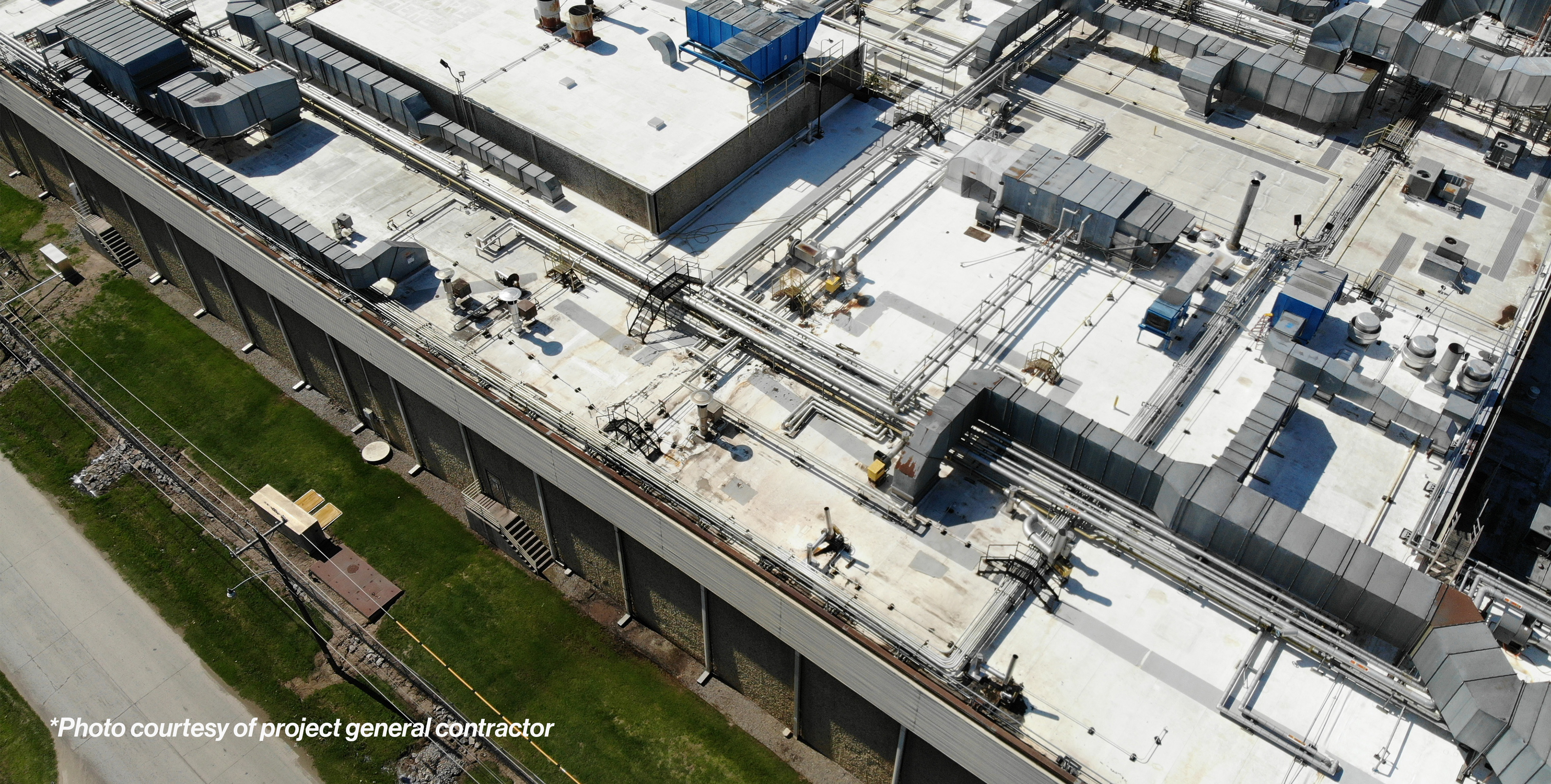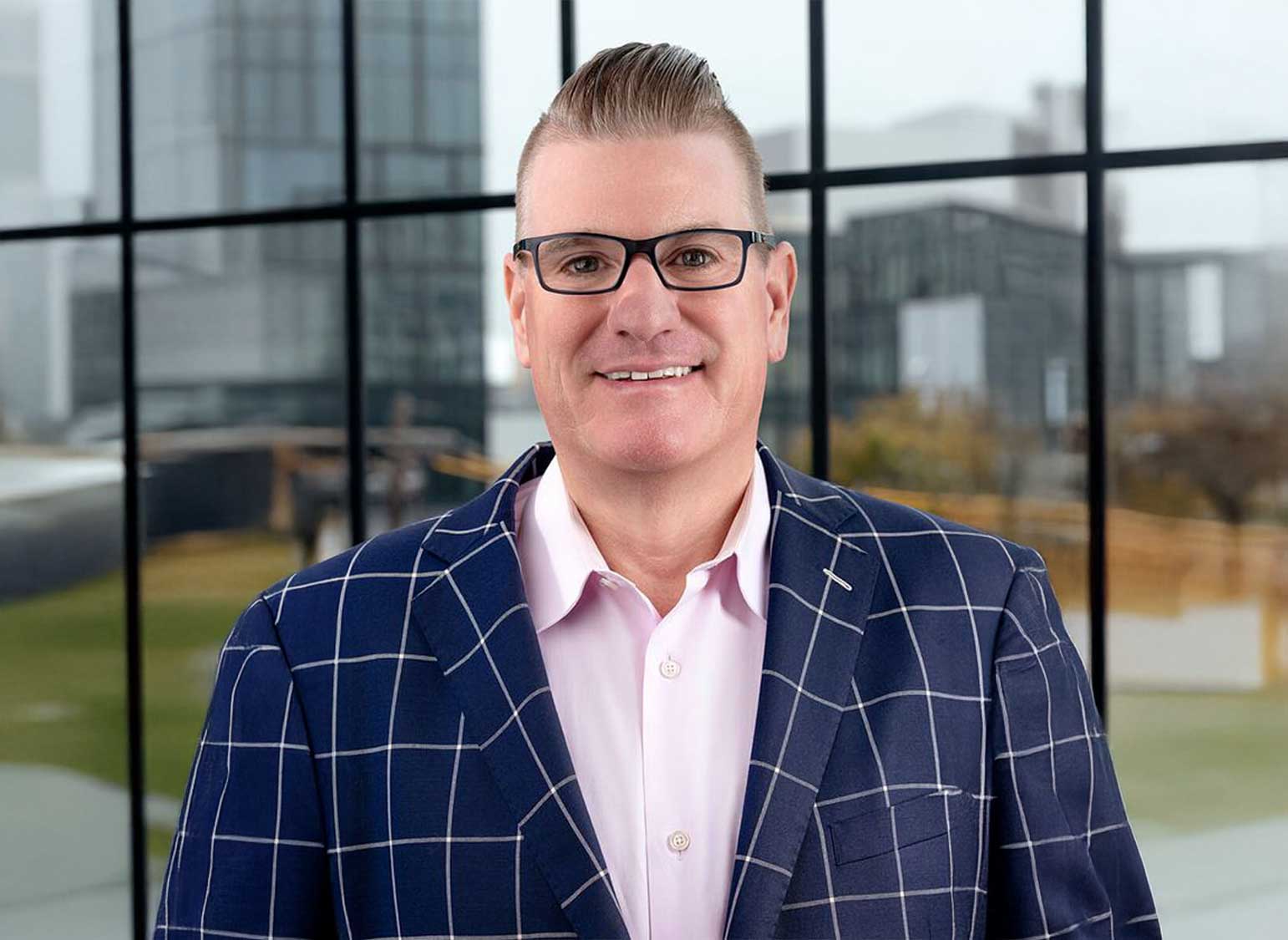Upcycling is a design trend commonly being used in the residential DIY sector, and has recently begun to influence retail and food service industries. Defined by Merriam-Webster Dictionary as “to recycle (something) in such a way that the resulting product is of a higher value than the original item”, upcycling is a cost-effective way that developers can re-up their portfolios. Savvy designers, operators, and developers have started to successfully utilize this tool to revitalize existing centers and create inviting and re-energized spaces that enhance the shoppers’ experience.

Rejuvenate and find new life for your existing shopping center.
While I admit that we all get excited at the idea of a new ground-up shopping center and the blank slate of possibilities it brings, I find that I get almost as excited when visiting an older shopping center that needs some updating. A friend and client of ours sarcastically refers to such an approach as ‘putting lipstick on a pig.’ While not the most gracious of phrases, sometimes that is exactly what a center needs to make it relevant and attractive to shoppers again. (Of course, there may be cases where the bulldozer is the best option, but those are few and far between.) There are clients out there looking at options to improve upon their existing property portfolio’s performance. Some properties may require elaborate structural updates and construction hurdles to breathe new life into these existing centers, while others may need a little less effort and more finesse – a simple but innovative solution.

Liven up existing facades with unique materials.
Whether it’s a new retail and mixed-use development or renovating an existing center, designers, operators, and developers are beginning to understand the importance of a dynamic shopping experience. On some recent projects we have looked at how to do this without breaking the bank. We investigate innovative solutions like finding new uses for reclaimed barn boards, wood pallets, and scrap metal as façade materials. Plantings are another way to enliven an existing location. One inventive use for plants is to dress the roofline/parapet space with a line of greenery; this brings a fresh, natural element to the building architectural form. Alternatively, vertical green screens can be added to break up a large wall. Large CMU walls may benefit from a coat of paint and a large graphic mural or a stamped logo. That pesky hollow metal door set in a large brick wall could use a bright pop of blue paint instead of trying to monochromatically paint it out to disappear entirely. The possibilities for enlivening an existing façade are limited only by the designer’s imagination!

Never underestimate the power of a carefully staged sidewalk.
Current trends at Terrain by Anthropologie and West Elm stores are a great place to look for inspiration when it comes to developing the sidewalk design. A sidewalk should no longer be a 15’ wide swath of concrete. Adding pavers and in-ground planters is a start, but that will not be enough to make your shoppers feel at home and want to hang around and shop. Now, add some hanging plants, Adirondack chairs, garden sculptures, tree stump bench seating, and other items you might think to use in your own garden to liven up the experience. Bringing in unique pieces and using diverse materials is a great way to bring warmth and life to a sidewalk. One example of such an approach would be to wrap an existing CMU sidewalk planter in reclaimed wood, and add a sculpture found at an antique shop in among the plantings - a simple touch, but a beautiful way to add texture, interest, and ambiance. We also love to introduce pergola elements along the sidewalk just to create a moment to pause and enjoy the environment, and work up the energy to continue on shopping.
We are seeing and using some of these principles in some current shopping center rehab projects, tenant façade designs, and new ground-up retail construction projects. The possibilities are limitless to a creative mind with a vision to see the potential a retail center has to become a great place to be.

Stay tuned for future posts discussing the benefits of upcycling as a design tool in the restaurant and food & beverage design sectors.



.jpg)



.png)
.jpg)

.jpg)



